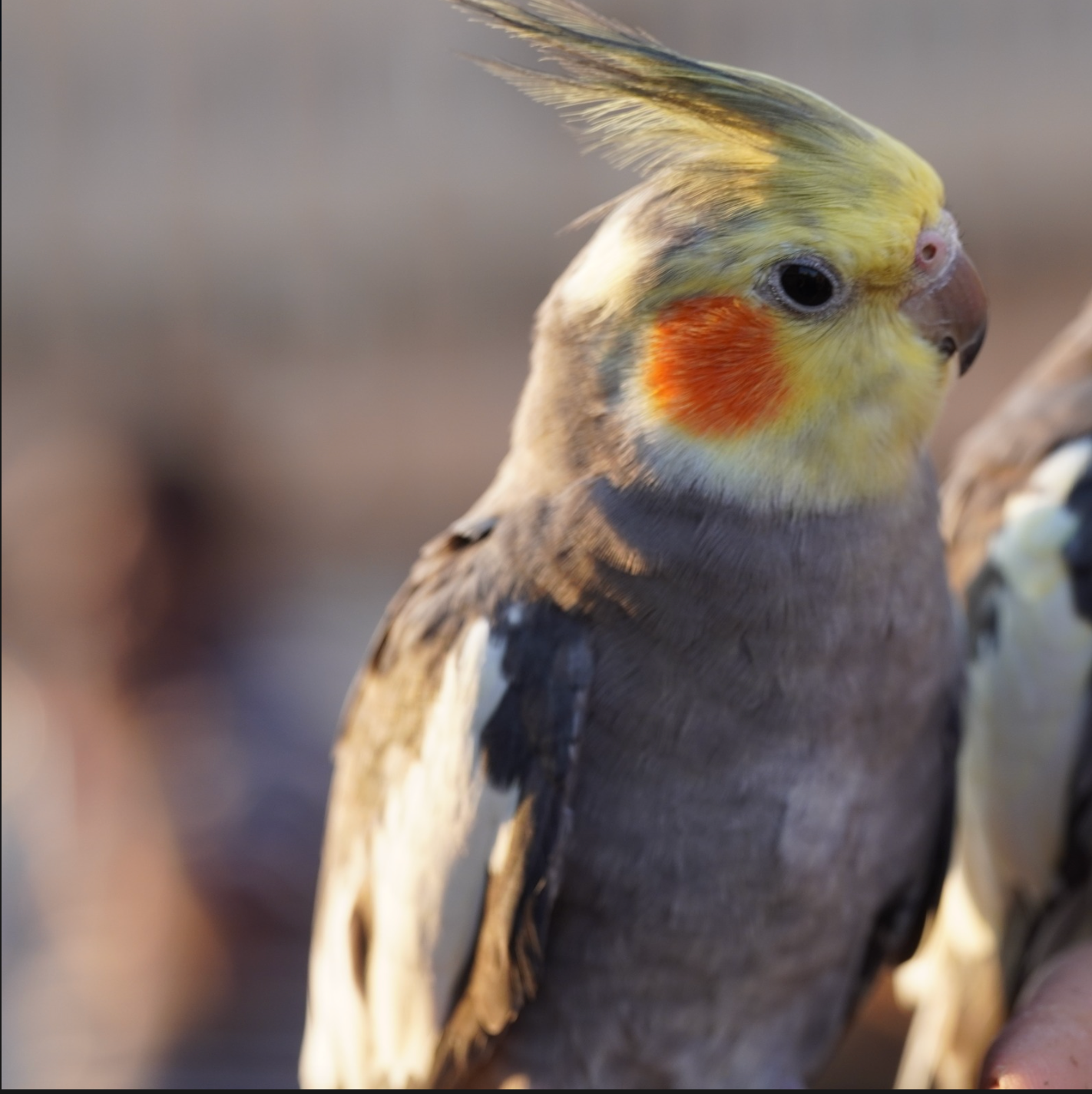UNDERSTANDING YOUR PET BIRD

UNDERSTANDING YOUR PET BIRD
SUMMARY
Gain deeper insight into your pet bird’s behavior, emotions, and needs. This guide explores body language, vocalizations, bonding techniques, and species-specific traits to help you build a strong and meaningful connection with your feathered friend.
FEATURES
- Bird Body Language: Learn how to interpret wing flaps, head tilts, and feather positions.
- Vocalization Meanings: Understand the different sounds birds make and what they signify.
- Bonding and Trust: Strengthen your relationship with your bird through positive interactions.
- Social Behavior: Discover how different species interact with humans and other birds.
- Signs of Happiness vs. Stress: Recognize when your bird is content or feeling anxious.
- Common Behavioral Challenges: Address issues like biting, screaming, and feather plucking.
- Daily Routine Needs: Develop a schedule that supports your bird’s emotional well-being.
- Enrichment for Mental Stimulation: Provide activities that keep your bird engaged and happy.
DESCRIPTION
Understanding your pet bird is key to building a trusting and rewarding relationship. Birds are highly expressive creatures that communicate through body language, vocalizations, and behaviors. Learning to recognize these signals helps you respond to their needs and emotions effectively.
One of the most important aspects of bird communication is body language. Birds use their feathers, eyes, posture, and movements to express emotions. For example, a relaxed bird may puff up slightly and preen, while a stressed or frightened bird might flatten its feathers and widen its eyes. Wing flapping can indicate excitement, playfulness, or a desire for attention, while tail bobbing may signal respiratory distress in some species.
Vocalizations also play a crucial role in communication. Chirping, whistling, or singing usually indicate a happy and content bird, while squawking or screeching may signal distress, hunger, or boredom. Some birds, especially parrots, mimic human speech to express excitement or form social bonds. By paying attention to these sounds, you can better understand what your bird is trying to communicate.
Bonding with your bird requires patience and consistency. Birds form strong attachments and need regular social interaction to develop trust. Talking softly, offering treats, and engaging in gentle training sessions help create a secure and affectionate relationship. Certain species, like cockatoos and conures, are highly social and crave attention, while others, like canaries and finches, may prefer minimal handling but still enjoy your presence.
Recognizing signs of happiness versus stress is essential for a bird’s well-being. A happy bird may sing, play with toys, or display relaxed body language, while a stressed bird might pluck feathers, hide in the cage, or exhibit aggressive behaviors. Identifying and addressing stress triggers—such as loud noises, lack of stimulation, or improper handling—can significantly improve your bird’s quality of life.
Common behavioral challenges, such as biting or excessive screaming, can often be resolved by understanding their root causes. Birds may bite out of fear, territorial instincts, or overstimulation. Offering positive reinforcement and respecting their boundaries can help curb unwanted behaviors. Similarly, birds that scream excessively may be seeking attention or reacting to environmental changes. Providing structured socialization and enrichment can help reduce these issues.
A stable daily routine is vital for birds, as they thrive on consistency. Regular feeding times, structured play sessions, and a predictable sleep schedule contribute to their overall mental and physical health. Birds typically wake with the sunrise and benefit from 10-12 hours of uninterrupted sleep in a quiet, dimly lit environment.
Enrichment is another crucial factor in understanding and supporting your pet bird. Birds are intelligent and need mental stimulation to stay engaged. Introducing foraging toys, interactive play, and training exercises encourages natural behaviors and prevents boredom-related issues.
By learning to interpret your bird’s unique signals and behaviors, you can create a strong, trusting relationship that enhances their well-being. Each species has its own way of expressing emotions and needs, and taking the time to observe and interact with your bird will ensure a fulfilling and lasting companionship.
- sri palani

Comments 0